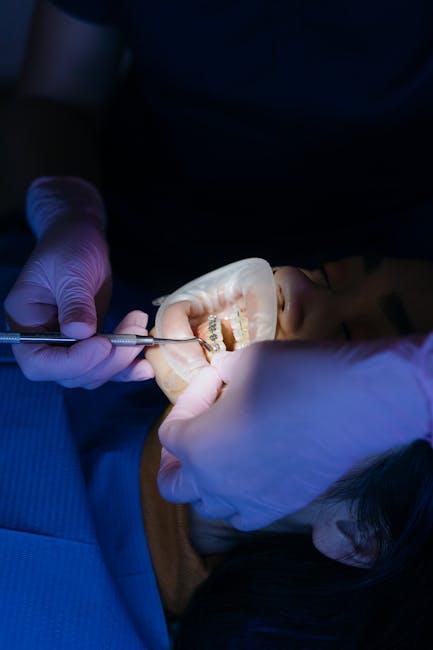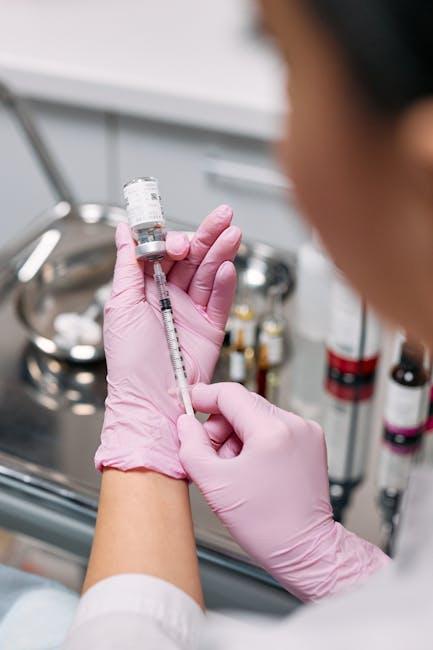
Bio-Bulk Fill Treatment of Deep Caries: Clinical Case – Dentistry UK
Discover how Bio-Bulk fill composites are revolutionizing deep caries treatment through an engaging clinical case from Dentistry UK.
Introduction
Deep caries management remains a critical challenge in restorative dentistry. Traditional stepwise excavation techniques often require multiple visits and carry risks of pulp exposure. Bio-Bulk fill composites have emerged as a game-changing material, offering excellent bulk fill capabilities with enhanced bioactivity, allowing for effective and minimally invasive treatment of deep caries lesions.
In this article, we will present a clinical case demonstrating the use of Bio-Bulk fill for deep caries in a patient treated in the UK, explore the key benefits of this technique, and provide practical tips to optimise clinical outcomes.
What is Bio-Bulk Fill Composite?
Bio-Bulk fill is an advanced dental composite designed for the treatment of deep cavities in a single increment filling procedure. Unlike conventional composites that require layering, bulk fill composites allow for quicker placement and curing with less shrinkage stress. The “bio” aspect refers to additives such as bioactive glass or calcium-releasing components that promote remineralization and improve pulp protection.
Key Features of Bio-Bulk Fill Composite
- Allows placement of up to 4-5mm thick layers in one step.
- Contains bioactive components aiding in secondary dentine formation.
- High flowability for easy adaptation to cavity walls and floor.
- Low polymerization shrinkage reduces microleakage risks.
- Compatible with standard dental adhesive systems.
- Excellent mechanical strength and wear resistance.
Clinical Case Presentation: Bio-Bulk Fill for Deep Caries in UK Practice
Patient Background
A 32-year-old female patient presented to a dental practice in London complaining of sensitivity and intermittent pain in the mandibular left first molar. Radiographic examination revealed a large mesio-occlusal deep carious lesion approaching the pulp chamber.
Treatment Planning
The treatment objective focused on minimally invasive caries removal, pulp preservation, and durable restoration. Bio-Bulk fill composite was selected to allow one-step filling of the deep cavity, benefiting from its bioactive properties to support pulp health.
Step-by-Step Treatment Process
- Local anesthesia: Administered for patient comfort.
- Caries excavation: Selective removal of infected dentine to hard affected dentine near pulp to avoid exposure.
- Cavity preparation: Internal walls cleaned and inspected for moisture control.
- Adhesive application: A universal adhesive was applied following manufacturer’s instructions and light-cured.
- Bio-Bulk fill placement: The composite was applied in a single bulk increment up to 4mm depth and light-cured for 20 seconds.
- Finishing and polishing: Occlusion was checked, and the restoration was contoured and polished for aesthetics and function.
Outcome
The restoration exhibited excellent marginal integrity and the patient reported no postoperative sensitivity at 6-month follow-up. Radiographs showed maintaining pulp vitality and no secondary pathology.
Benefits of Bio-Bulk Fill Treatment for Deep Caries
| Benefit | Description |
|---|---|
| Time-Efficient | Single increment placement reduces chair-time. |
| Minimally Invasive | Preserves pulp health by avoiding excessive dentine removal. |
| Bioactive Protection | Promotes reparative dentine formation and reduces sensitivity. |
| Lower Shrinkage Stress | Minimizes microleakage and postoperative complications. |
| Durability | Strong mechanical properties for long-lasting restorations. |
| Esthetic | Natural tooth color blending with enamel and dentine. |
Practical Tips for Successful Bio-Bulk Fill Restorations
- Moisture control: Use rubber dam isolation whenever possible to maximize bond strength.
- Adhesive compatibility: Follow manufacturer’s protocols strictly for the adhesive system.
- Curing time: Ensure adequate light curing depth, especially for increments >3mm.
- Increment thickness: Avoid exceeding recommended bulk fill thickness to ensure optimal polymerization.
- Layer approach: For extremely deep caries near the pulp, consider placing a base layer of bioactive liner before Bio-Bulk fill.
- Regular follow-up: Monitor pulp health postoperatively with clinical and radiographic exams.
First-Hand Experience: Dentist Feedback from UK Practice
Dr. Sarah Mitchell, a restorative dentist in Manchester, shares her insights on Bio-Bulk fill treatment:
“Using Bio-Bulk fill composite has truly transformed how I approach deep caries cases. It’s simplified the procedure without compromising on results or patient comfort. The bioactive properties reassure me that I’m supporting pulp preservation, which is critical in young patients. Plus, the time saved means I can see more patients without rushing quality.”
Conclusion
The Bio-Bulk fill treatment of deep caries presents a contemporary, effective, and patient-friendly approach to restorative dentistry in the UK. As demonstrated in the clinical case and through professional experiences, this treatment helps achieve durable restorations, preserves pulp vitality, and reduces clinical time. Adopting this technique can enhance outcomes in your dental practice and provide superior care to patients suffering from deep carious lesions.
If you’re a dental professional looking to upgrade your caries management protocol or a patient seeking informed treatment options, Bio-Bulk fill composites are worth considering for a minimally invasive and bioactive solution.


